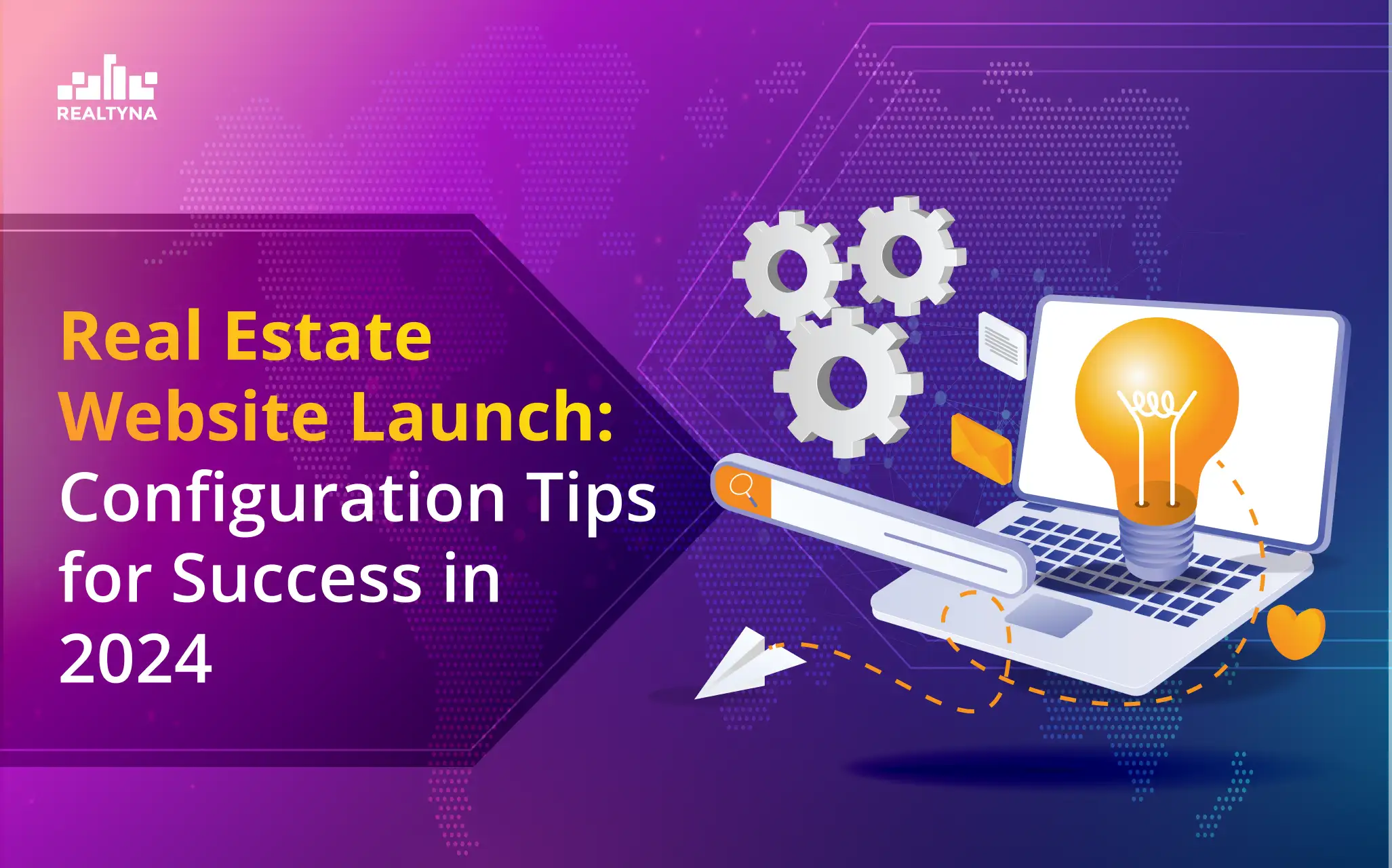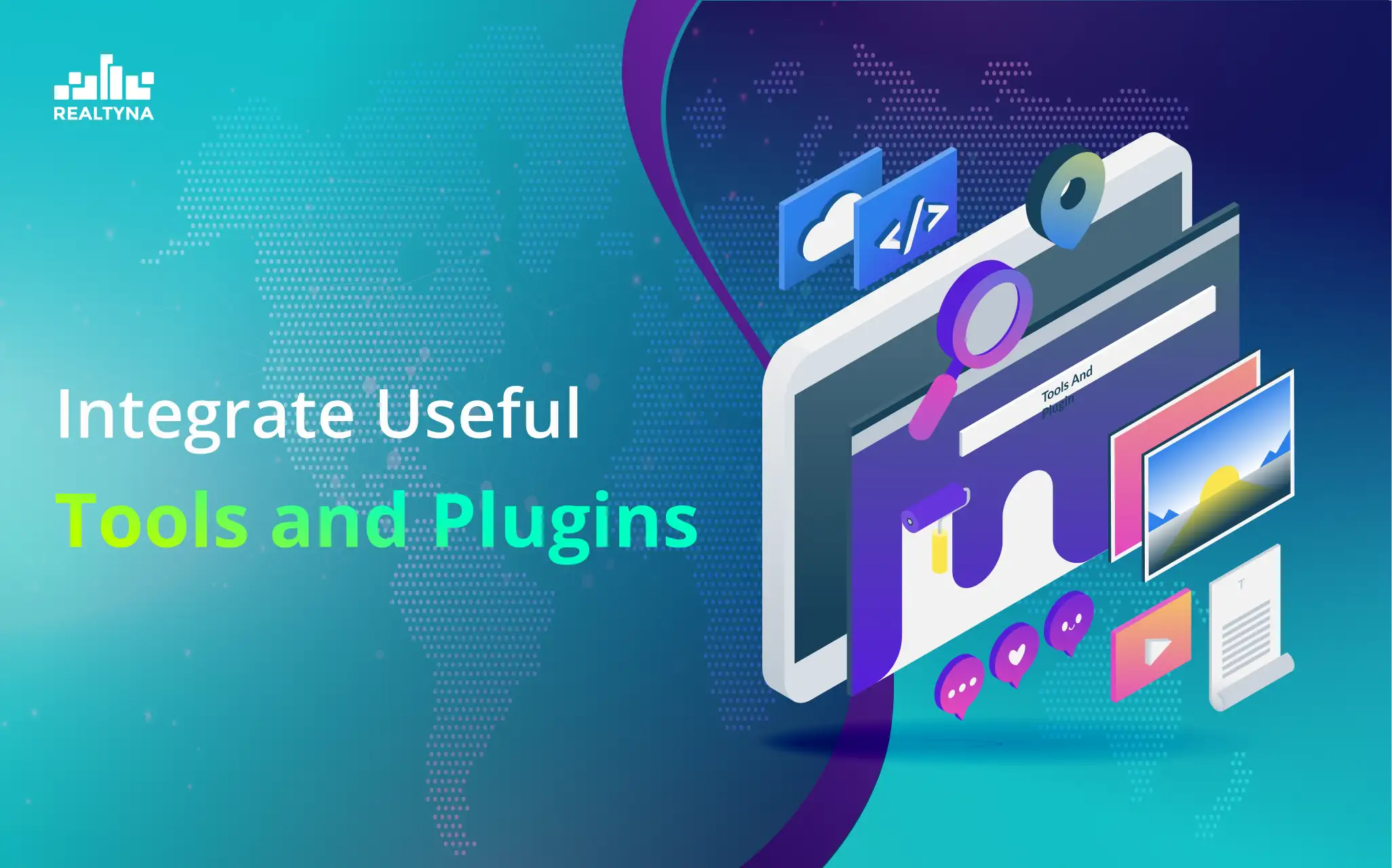
Configuration Tips for Lunching a Real Estate Website in 2024
Launch your real estate website in 2024? proper configuration is crucial for success in a competitive real estate industry.
Whether you’re utilizing WordPress, Wix, or another platform, optimizing your site’s settings and integrating the right tools can make all the difference.
In this article, you’ll discover essential tips to ensure your real estate website looks professional and performs optimally from day one.
The initial step is choosing the right performance. Begin by assessing your specific requirements such as:
- Listing management capabilities
- Integration with MLS (Multiple Listing Service)
- Lead generation tools
- Mobile responsiveness
- Search functionality
Don’t forget support
Your chosen platform should allow for branding and customization to help your website stand out. Reliable customer support is essential, especially if you’re not tech-savvy.
In summary, If you want a normal website, you can use WordPress as your CMS, and if you want a more high-class website, MLS ON THE FLY might be your thing.
Optimize Site Speed and Performance

Your website’s speed and performance can make or break the user experience. Optimizing these aspects is crucial for retaining visitors and improving search engine rankings. Here are key strategies to enhance your site’s performance:
Implement Caching Solutions
Utilize caching plugins or built-in caching features of your content management system. Caching stores static versions of your pages, reducing server load and dramatically improving load times. For WordPress users, popular options include WP rocket, W3 Total Cache or WP Super Cache.
Optimize Images
Large, high-resolution images can significantly slow down your site. Compress and resize images before uploading them to your server. Use modern image formats like WebP for better compression without sacrificing quality. Consider implementing lazy loading to defer the loading of off-screen images.
Minify CSS, JavaScript, and HTML
Remove unnecessary characters from your code without changing its functionality. This process, known as minification, reduces file sizes and improves load times. Many WordPress themes and plugins offer built-in minification options, or you can use dedicated tools like Autoptimize.
Leverage Content Delivery Networks (CDNs)
CDNs distribute your website’s static content across multiple, geographically diverse servers. This reduces the distance between your visitors and your website’s server, resulting in faster page load times. Popular CDN services include Cloudflare and Amazon CloudFront.
Make Mobile Responsiveness a Priority
With over 50% of web traffic coming from mobile devices, prioritizing mobile responsiveness is crucial for your success in 2024.
Optimize for Various Screen Sizes
Implement a responsive design that automatically adjusts layouts, images, and text for optimal viewing on smartphones and tablets.
Focus on Speed and Performance
Mobile users expect quick loading times. Optimize your website’s performance by:
- Compressing images and using appropriate file formats
- Minimizing HTTP requests
- Leveraging browser caching
- Implementing lazy loading for images and videos (We mentioned it before)
Simplify Navigation and Content
Design your mobile interface with touch-friendly elements and streamlined navigation. Create a clear hierarchy of information, prioritizing essential content for mobile users. Consider implementing a hamburger menu or other mobile-friendly navigation options to conserve screen space while maintaining accessibility.
Test Across Multiple Devices
Regularly test your website on various mobile devices and operating systems to ensure consistent functionality. Use tools like BrowserStack to identify and address any issues that may arise on different platforms.
Pick the Perfect Design and Layout
Selecting the right design and layout is crucial for attracting and retaining potential clients.
Choose a Responsive Theme
Consider themes specifically designed for real estate, as they often include industry-specific features and layouts.If you want Realtyna’s themes, check this blog post: A guide to Realtyna real estate themes.
Optimize for User Experience
Implement an intuitive navigation structure that allows visitors to easily find properties, contact information, and other essential pages. Use clear calls-to-action (CTAs) to guide users through the site and encourage them to take desired actions, such as scheduling a viewing or requesting more information.
Showcase Properties Effectively
Utilize high-quality images and virtual tours to showcase properties in their best light. Implement a grid or gallery layout for property listings, allowing users to quickly browse through available options. Include search filters and sorting options to help visitors find properties that match their specific criteria.
Utilize Useful Tools

Analytics and SEO Tools
Implement Google Analytics to track visitor behavior and gain insights into your audience. Pair this with an SEO plugin like Yoast SEO or Rank Math to optimize your content for search engines. These tools will help you understand user engagement and improve your site’s visibility in search results.
Customer Relationship Management (CRM)
Integrate a CRM system to manage leads and client interactions effectively. These tools allow you to track inquiries, schedule follow-ups, and nurture leads through the sales funnel.
Remember that thoughtful configuration is key to success.
Regularly analyze your site’s performance and be prepared to make ongoing adjustments.
With a well-configured real estate website as your digital foundation, you’ll be poised to thrive in the competitive online marketplace and grow your business in the years ahead.


Sorry, the comment form is closed at this time.